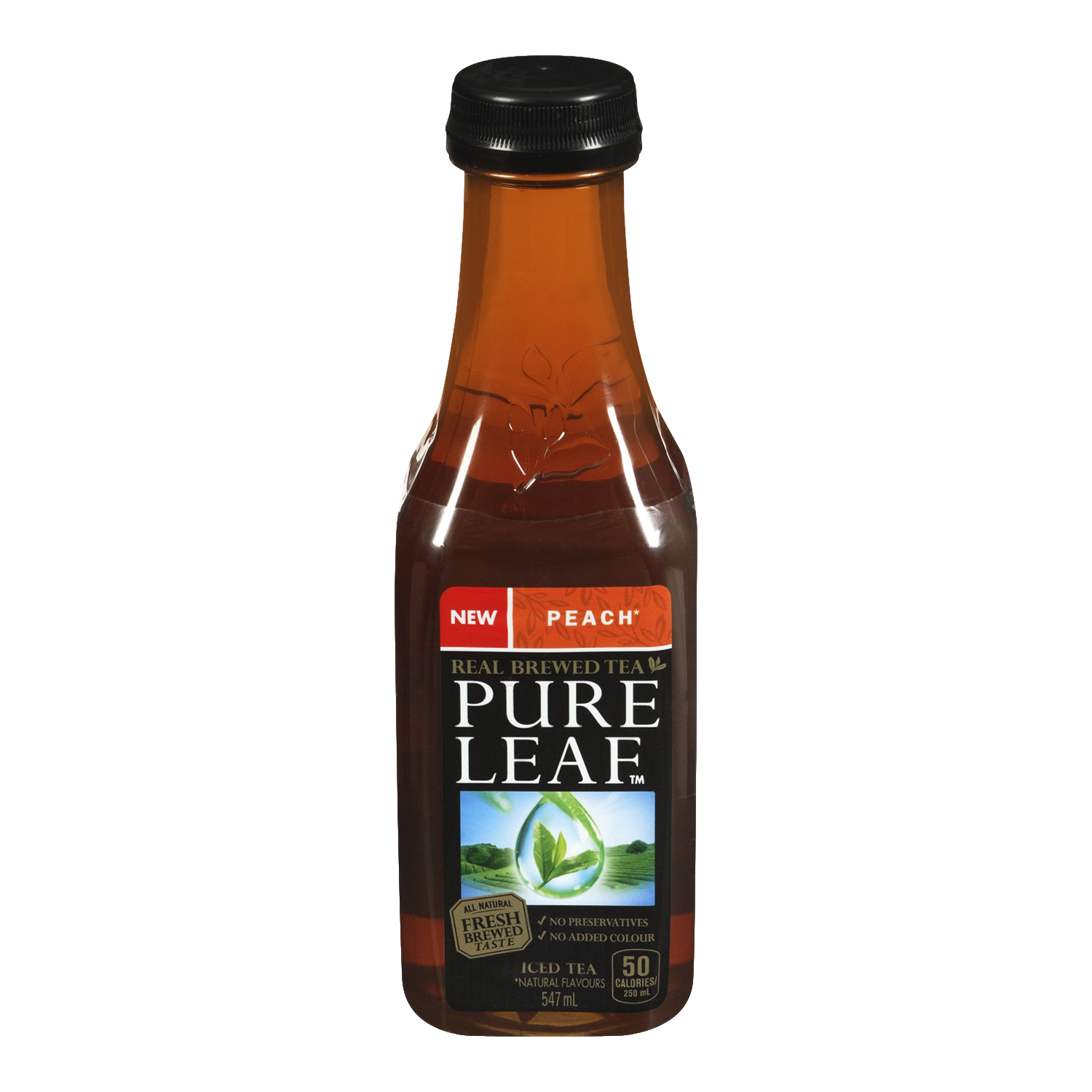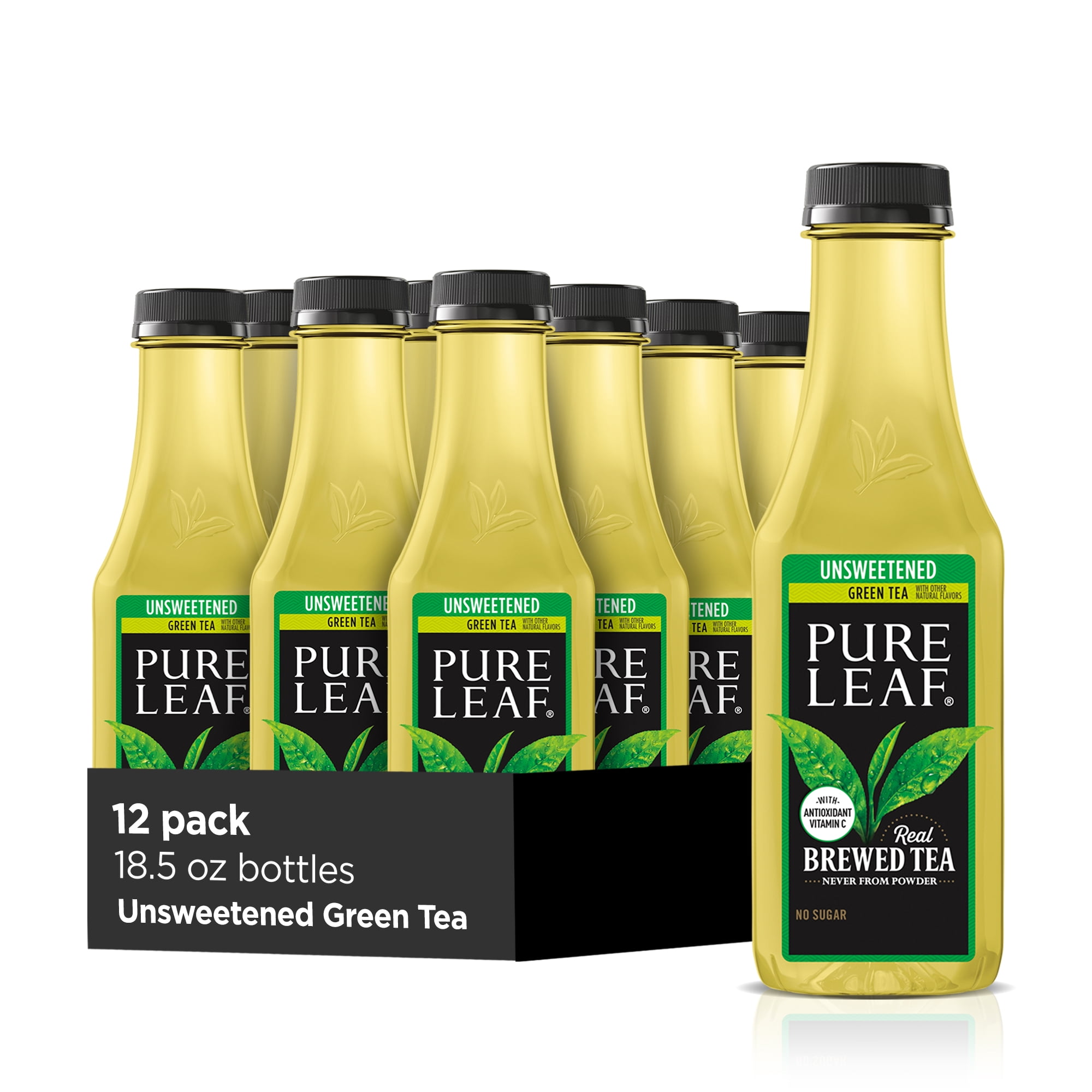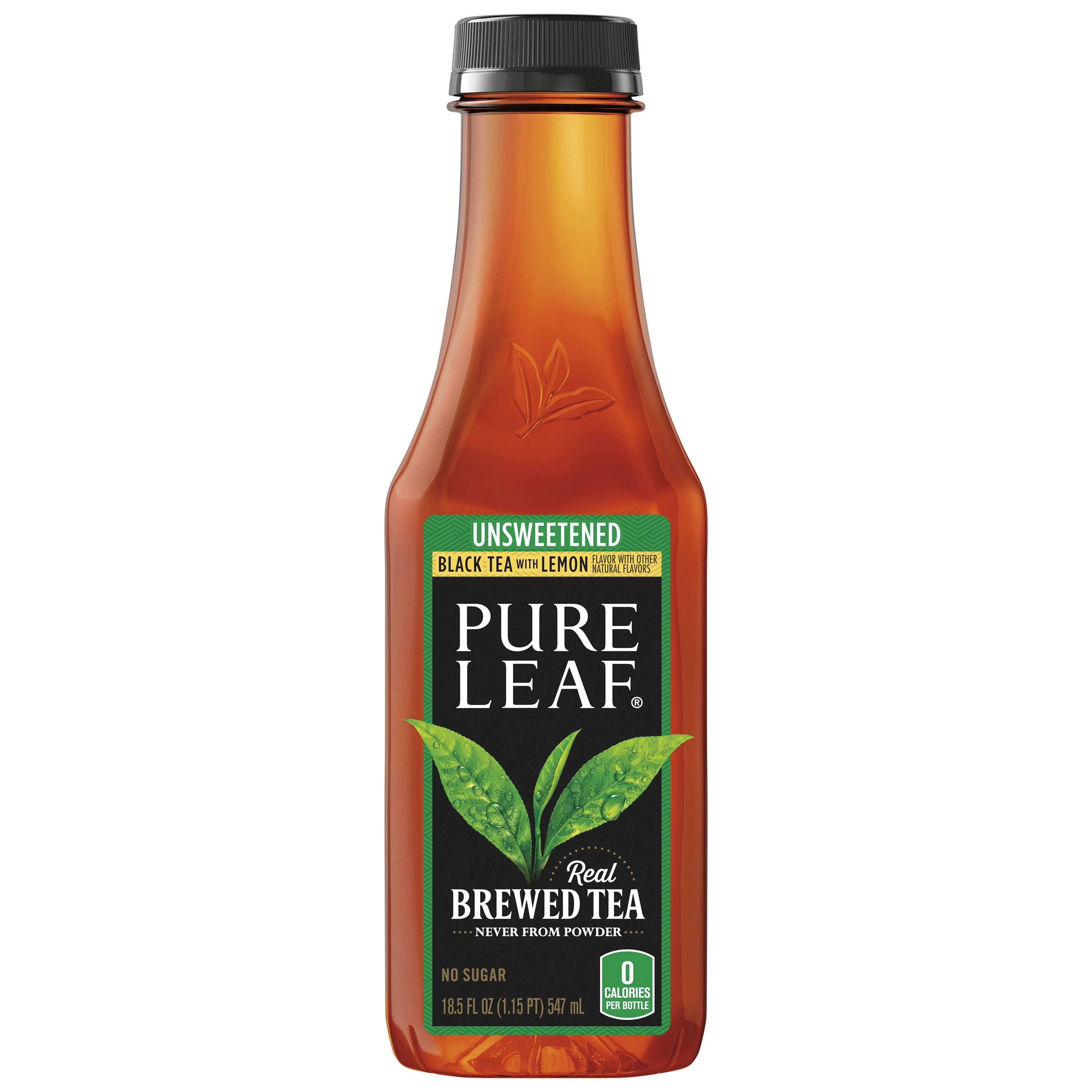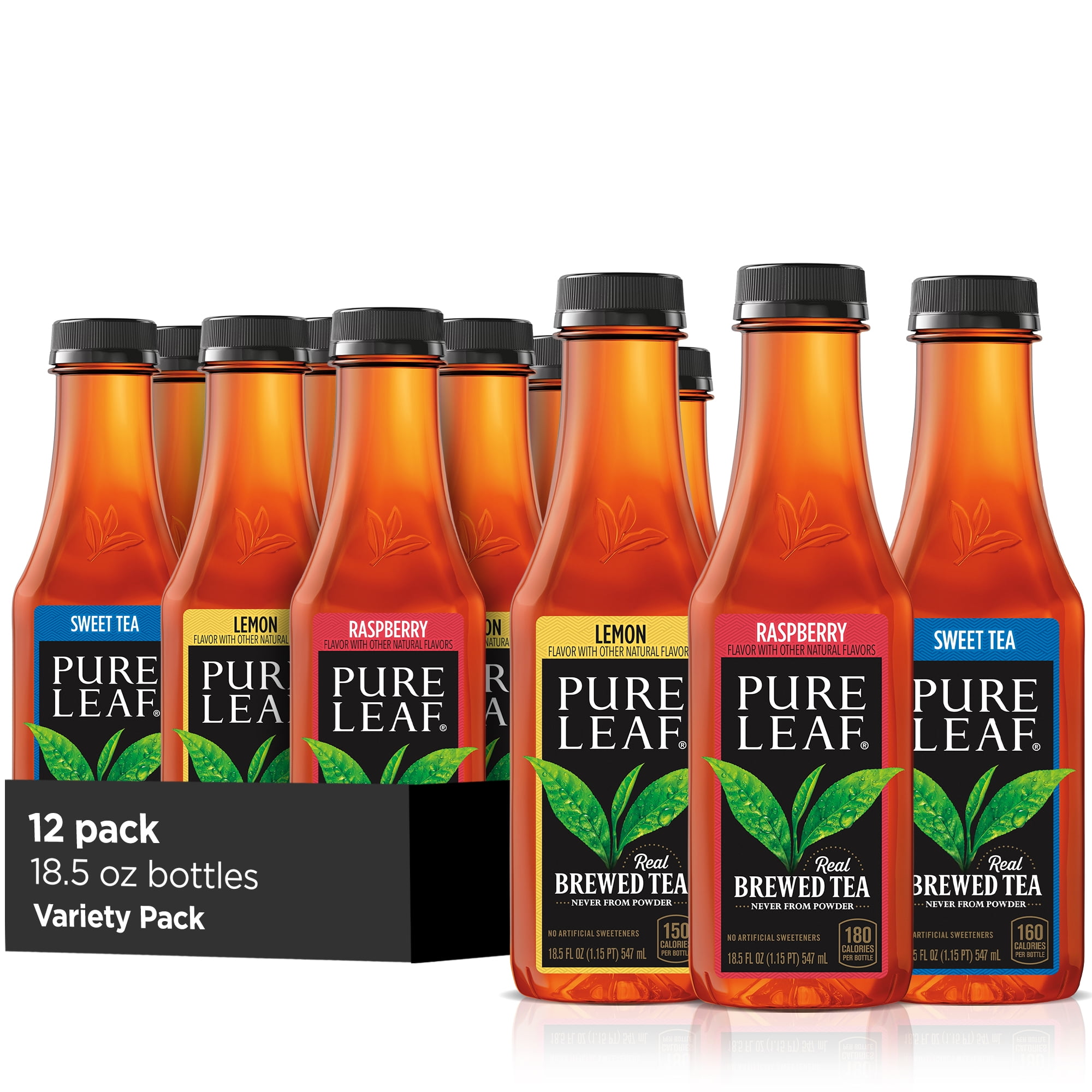

The mixture may be consistent throughout. If you strain all the tea leaves from the water, and add milk or sugar, you may have a homogeneous mixture. Leaves are many different shapes and sizes, and some of the tea components will dissolve into the water while others do not. If you put tea leaves directly into water, and have not strained out the tea leaves, the mixture will not be consistent throughout. Whether the tea mixture is heterogeneous or homogeneous depends on the tea and what you’ve done with it. Is Tea a Heterogeneous Mixture or a Homogeneous Mixture?

It is not simple to take sugar back out of tea, or milk for that matter, but it can be done without the need for a chemical reaction since the molecules have not bonded to each other.Īs for loose leaf tea, if it was one kind of tea (meaning pieces of one mind of plant like mint), it wouldn’t qualify as a mixture, unless you were willing to go as far as calling the air in between the leaves in a sample part of the “tea” material.īut as long as you have more than one substance and you prepare it as usual, then tea would be considered a mixture. These substances are not chemically bonded to each other, and can be separated out the necessity of a chemical reaction.

Even if you strained the leaves out of it, in the water you would have several substances dissolved or mostly dissolved into the water.Ī mixture is a material which is made up of more than once substance. If tea was fixed (meaning steeped in water with milk/honey), we would call it a mixture. Interesting, isn’t it! Do you think aluminum foil is a pure substance? Is Tea a Mixture? Thus it cannot qualify as a pure substance. Tea that is ‘fixed’ and read to drink is made up of more than one substance (tea and water). If loose leaf tea with no other additives cannot meet the requirements to be a pure substance, than tea in water with milk and sugar isn’t going to make it either. Would Tea (steeped in water and fixed with sugar or milk) Meet The Qualifications To Be Considered a Pure Substance? Thus it would be able to meet the second part of the test either.
#Pure leaf tea skin
Some of the cells will be arranged in a certain way if they are the tough outer skin that holds in the inner cells. These plants grow around the world, and likely have some chemical differences in them as a result.īecause “tea” in general is not made up of one kind of element or compound, it does not qualify.įurther, a leaf, because it is/was a living thing with molecular structures, is not going to be the same at the molecular level in every space or place. Then, we know that there are many different kinds of tea. There is more than one kind of element or compound that goes into making up the leap, even is the tea were purely jasmine or oolong.

There may be other substances in the leaf in addition to the substances that make up the rigid structure of the cells, such as water or other chemicals.Įven if the loose leaf tea was just one kind of plant, we don’t think that it would meet the first qualification to be a pure substance. A leaf is made up of many layers of cells that exist like the filling of a sandwich between an outer layer that holds the inner layers in. Tea leaves are an organic materials, grown as a plant and then harvested.ĭepending on the tea, there could be any number of organic substances in the leaf. Two: in a cup with hot water, often with other substances like milk, honey, or sugar Would Loose Leaf Tea Meet The Qualifications For a Pure Substance? One: the tea leaves, usually dried, usually ground up into small pieces of varying sizes or shapes In answering the question of whether tea is a pure substance (or homogeneous vs heterogenous), we have to establish for the analysis what tea is. Two: a pure substance has a constant or uniform composition What Tea Is, Matters One: a pure substance usually is made up of one kind of substance (could be element or a compound) Is Tea A Pure Substance (Why or Why Not)?Īs discussed above, tea is probably not a pure substance.Ī pure substance is a substance that meets most or all of the following qualifications: In the article that follows, we’ll explain why tea is not a pure substance, and more about what it actually is. Depending on what kind of tea it is, whether the tea is prepared, and what has been put in with the tea, it could be a heterogeneous or homogeneous mixture.


 0 kommentar(er)
0 kommentar(er)
